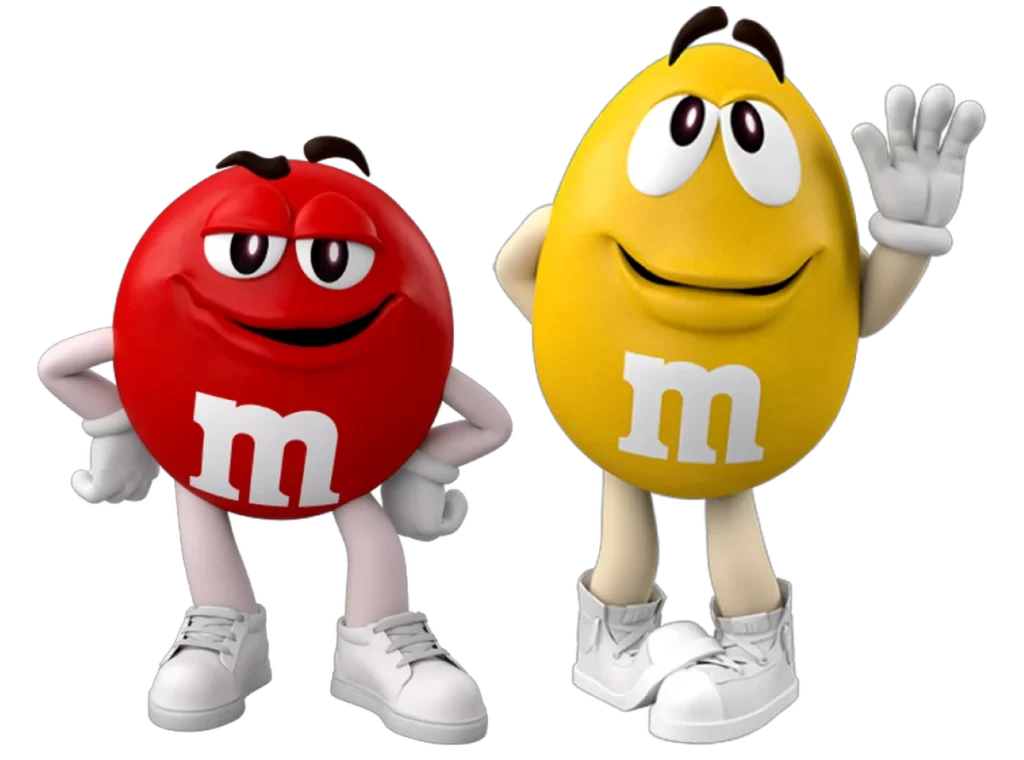What Makes a Yellow M&M Yellow?
Yellow M&Ms are a popular candy variety produced by Mars, Incorporated. The yellow color of these candies is achieved through the use of specific food colorings, primarily Yellow 5 (tartrazine), which is a synthetic dye. The candy itself consists of a milk chocolate core encased in a colored candy shell.
Composition of Yellow M&Ms
The ingredients of yellow M&Ms include:
- Sugar
- Milk Chocolate (which contains sugar, cocoa butter, chocolate, skim milk, lactose, milkfat, and soy lecithin)
- Corn Syrup
- Dextrin
- Artificial Colors (including Yellow 5)
- Salt
- Artificial Flavors
These ingredients contribute not only to the color but also to the flavor and texture of the candy.
Historical Context
Yellow M&Ms were part of the original color lineup when M&Ms were first introduced in 1941. The choice of yellow was influenced by the desire to represent the golden fields of grain in the United States, symbolizing prosperity and abundance. Over the years, the M&M color palette has expanded, but yellow remains a classic choice.
The Science Behind the Yellow Color
The yellow color in M&Ms is achieved through the use of a synthetic food coloring called Yellow 5 (also known as tartrazine). This dye is derived from coal tar sources and is approved for use in food products by regulatory agencies such as the U.S. Food and Drug Administration (FDA) and the European Food Safety Authority (EFSA).Yellow 5 is a water-soluble dye that is easily absorbed by the candy shell during the manufacturing process. The dye molecules bind to the surface of the shell, creating a vibrant yellow hue. The amount of Yellow 5 used in M&Ms is carefully controlled to ensure consistency in color across different batches.
The Controversy Surrounding Yellow 5
Despite its widespread use in food products, Yellow 5 has been the subject of some controversy. Some studies have suggested that the dye may be linked to hyperactivity and behavioral problems in children, although the evidence is not conclusive. Additionally, Yellow 5 is derived from coal tar sources, which has raised concerns about its safety and environmental impact.In response to these concerns, some food manufacturers have begun to use natural colorings derived from sources like turmeric, paprika, and beets as alternatives to synthetic dyes like Yellow 5. However, the use of natural colorings can be more expensive and may not always produce the same vibrant hues as synthetic dyes.
The Significance of Yellow M&Ms
Yellow M&Ms hold a special place in the hearts of candy lovers around the world. The color yellow has long been associated with happiness, optimism, and positivity, making yellow M&Ms a cheerful and uplifting treat. The bright yellow color also makes yellow M&Ms stand out from the crowd, making them easy to spot in a sea of other candies.In addition to their visual appeal, yellow M&Ms have also been used in various marketing campaigns and promotions over the years. For example, during the 1990s, the “Yellow Shoes” campaign featured a group of yellow M&Ms wearing sunglasses and dancing to a catchy jingle. This campaign helped to solidify the yellow M&M as an iconic symbol of the brand.
The Future of Yellow M&Ms
As consumer preferences continue to shift towards more natural and sustainable products, it remains to be seen how the use of synthetic dyes like Yellow 5 will evolve in the candy industry. While some manufacturers have already begun to experiment with natural colorings, it is unlikely that yellow M&Ms will disappear from the market anytime soon.One potential area of innovation could be the development of new coloring technologies that use natural sources but still produce the same vibrant hues as synthetic dyes. This could allow manufacturers to meet consumer demand for more natural products while still maintaining the iconic look and feel of classic candies like yellow M&Ms.
Nutritional Information
While specific nutritional information can vary based on serving size, a typical serving of M&Ms (approximately 32 grams) contains:
- Calories: 140
- Total Fat: 6g
- Saturated Fat: 3.5g
- Sugars: 15g
- Protein: 1g
Table of Ingredients
| Ingredient | Description |
|---|---|
| Sugar | Primary sweetener |
| Milk Chocolate | Core component, provides flavor |
| Corn Syrup | Adds sweetness and texture |
| Dextrin | Thickener and stabilizer |
| Yellow 5 | Food coloring that gives the yellow color |
| Salt | Enhances flavor |
| Artificial Flavors | Adds additional taste |
Additional Information
For more detailed information about M&Ms, including their history and color changes, you can refer to the Wikipedia page on M&Ms here.
FAQ Section
Q1: What is the main ingredient that gives yellow M&Ms their color?
A1: The primary coloring agent for yellow M&Ms is Yellow 5 (tartrazine), a synthetic dye.
Q2: Are yellow M&Ms made with real chocolate?
A2: Yes, yellow M&Ms are made with milk chocolate as their core ingredient.
Q3: When were yellow M&Ms first introduced?
A3: Yellow M&Ms were part of the original color lineup when the candy was first introduced in 1941.
Q4: What do yellow M&Ms taste like?
A4: Yellow M&Ms have the same milk chocolate flavor as other M&M varieties, with the candy shell providing a slight crunch.
Q5: Are there any allergens in yellow M&Ms?
A5: Yellow M&Ms contain milk and may also contain traces of peanuts, tree nuts, and soy due to cross-contamination during manufacturing.



